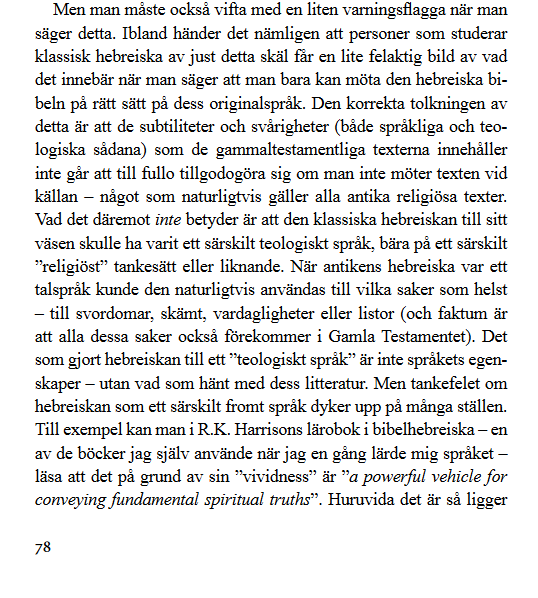Two new things with yours truly - one in English, one in Swedish! Let's start with the Swedish one - a radio essay for OBS/P1 on animal fables (including Fablernas Värld, the Indian Pañcatantra, the Hurrian Epic of Liberation and my own scholarship on Genesis 32. Listen here!
The English thing is a Youtube version of a lecture/presentation I held at the PIER (Proto-Indo-European Reconstruction) conference in Cambridge - funnily enough, one day before leaving for actual Cambridge, where I am now! It's a bit technical, but there may be some interesting stuff in there. The title is The Sound of Serpents and Serpent-Slayers in Indo-European and Northwest Semitic, and it's on snake monsters and heroes killing them - a topic to which I tend to return. Here, it's on borrowing of poetic phrases from early Indo-European into Semitic, and into the world of the Hebrew Bible. Watch it here!

